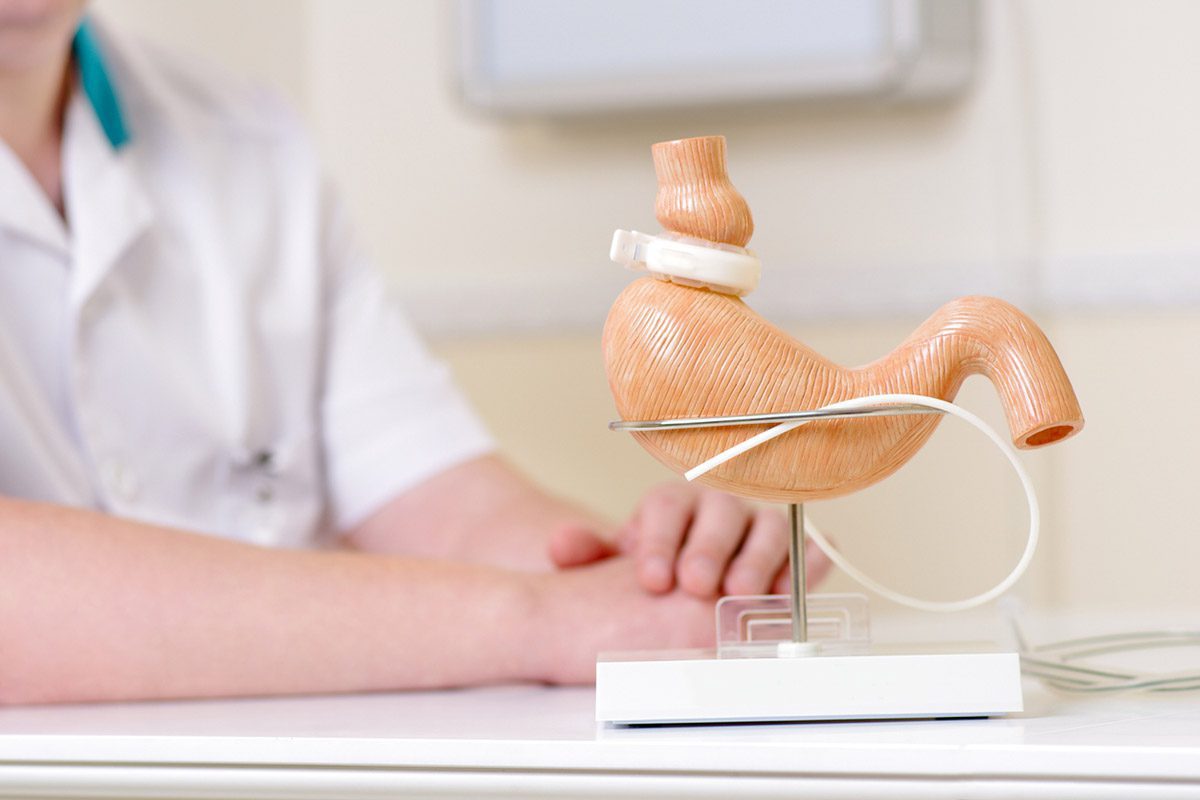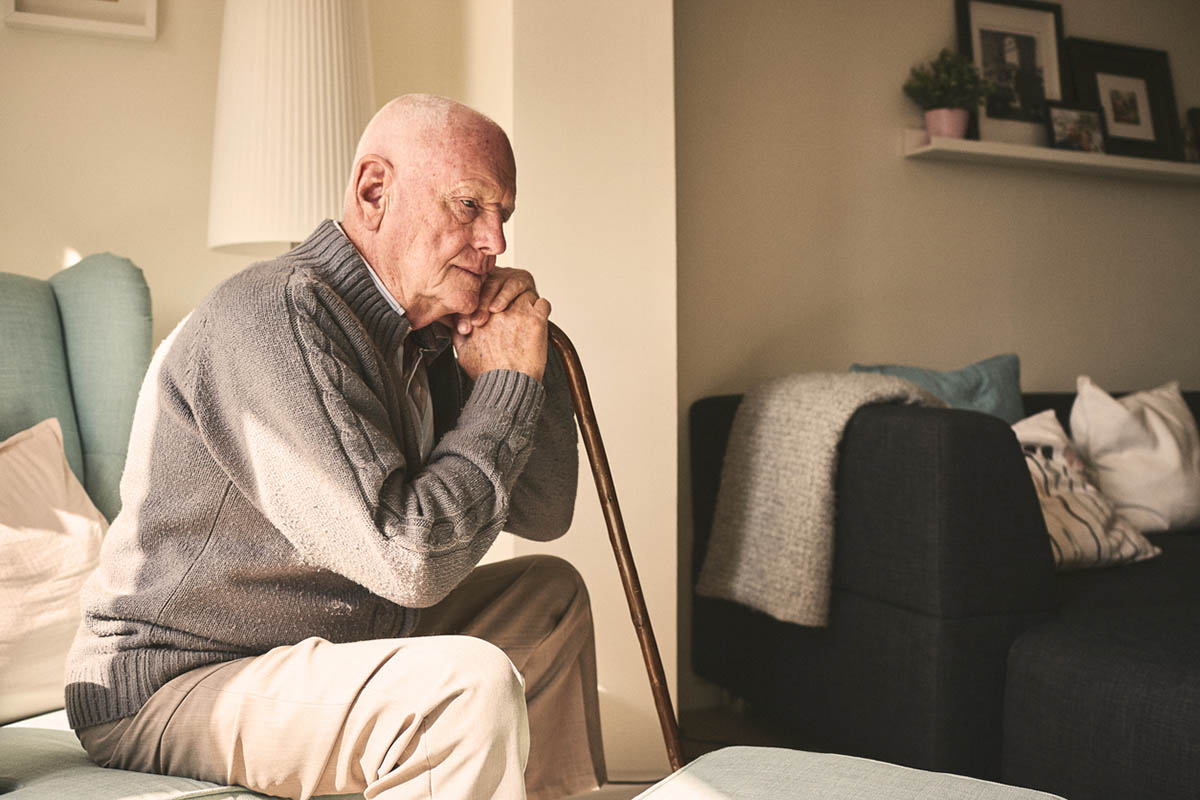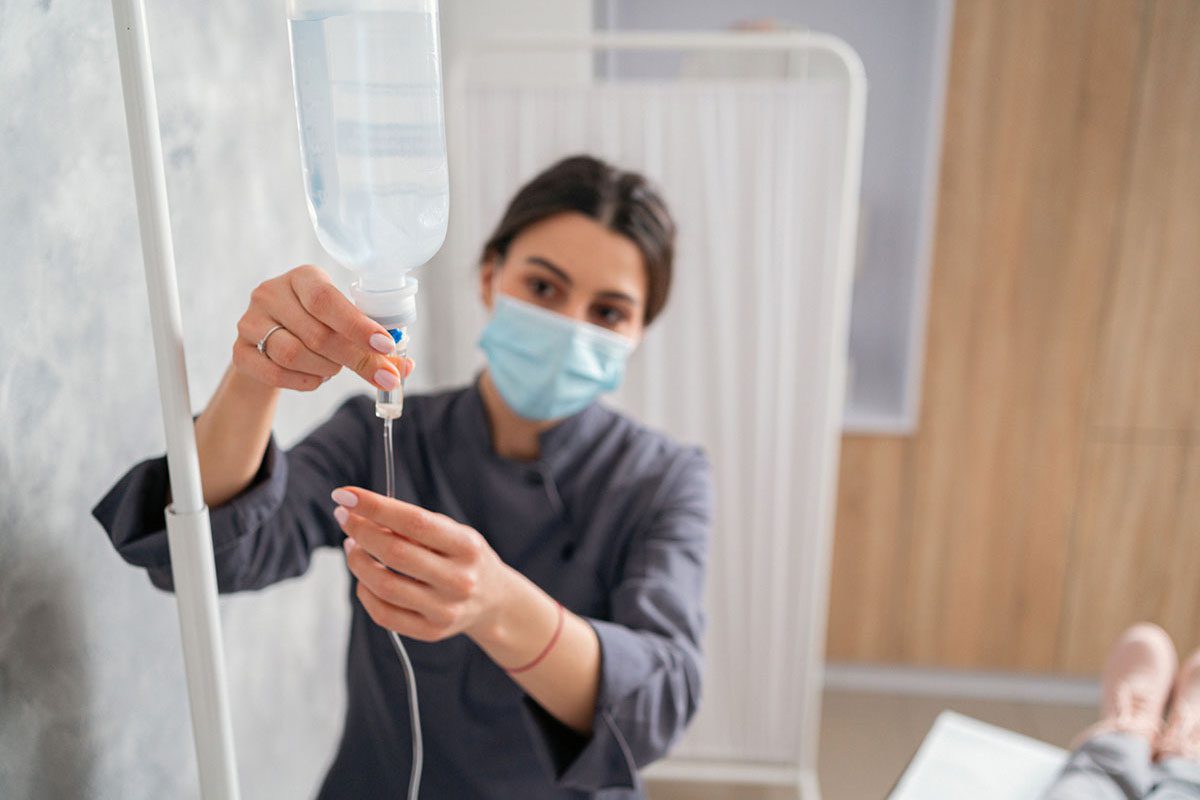Venlafaxine for Depression and Glossovulvodynia: A Case Report
To the Editor: Gaitonde et al1 first reported a case of a patient with both burning mouth syndrome (BMS) and vulvodynia. Petruzzi et al2 reported 5 serial cases of vulvostomatodynia. They comment that BMS and vulvodynia may share a common cause. The cause of “dynias” is currently unknown. Here, we report a case of a woman with glossovulvodynia and underlying affective disorder. Venlafaxine brought about dramatic improvement in the patient’s symptoms.
Case report. Ms A, a 48-year-old woman, started to develop a severe burning sensation in the vulva, palate, throat, and tongue in February 2009. She was evaluated by her dermatologist, neurologist, and dentist. A complete laboratory test was undertaken, with vitamins B12 and B6, folic acid, iron, zinc, thyroid hormones, glucose, and autoimmune panel analyzed. Allergologic study findings were within normal limits. There was no evidence of infection, trauma, or dermatitis in the oral cavity or vulva. Temporomandibular joint function was within the normal range, and she had no prosthetic device. Local and systemic diseases were excluded. She was diagnosed with glossovulvodynia.
The patient was treated with trazodone, alprazolam, escitalopram, and paroxetine, with no improvement of her symptoms. She was referred to our psychiatric outpatient clinic in June 2009. Ms A said that she had lost interest in activities that she previously found pleasurable. She could not follow a conversation and felt insecurity and pessimism. She said everything was “going bad” and that she did not have enough money to make ends meet. Her family said she was irritable. She was very anxious and exhibited psychomotor restlessness, depressed mood with guilt, and hypochondriac and ruinous delusions. She suffered from global insomnia and hyporexia. She had diminished ability to think or concentrate.
Oral and vulvar symptoms were registered using a 10-cm Visual Analog Scale (VAS; 0 = no pain to 10 = extreme pain); her initial VAS score was 9. The patient completed the Beck Depression Inventory (BDI)3; her initial BDI score was 40. She was diagnosed with major depressive disorder, a severe single episode with mood-congruent psychotic features and melancholic symptoms according to DSM-IV-TR classification. We started administration of venlafaxine (the initial dosage was 37.5 mg/d and the dosage was then gradually increased to 225 mg/d) and lorazepam (2.5 mg/d), with excellent progress: after 10 weeks of treatment, dysesthetic sensations disappeared and Ms A’s mood improved until total resolution of the disorder (final VAS score = 0, final BDI score = 5).
Glossodynia, or BMS, and vulvodynia are among the psychodermatologic disorders. Therefore, strong relationships with psychopathologic disorders exist, basically with affective disorder, as in the case we report.4
Venlafaxine is a serotonin-norepinephrine reuptake inhibitor (SNRI). It has been repeatedly suggested that depression and pain may share a common psychopharmacology. SNRIs have been studied extensively and have demonstrated efficacy for painful symptoms associated with depression, diabetic neuropathy pain, and chronic pain with or without depression. SNRIs produce higher rates of response and remission from major depression than the selective serotonin reuptake inhibitors (SSRIs), and SNRIs are more effective in the treatment of pain than SSRIs.5-7
In the case we report, we think that venlafaxine resolved the dysesthesias due to its antidepressive effect and because of the disappearance of affective disorder. A detailed assessment of the coexisting psychopathologic disorders is necessary to choose the proper treatment of “dynias.” Nevertheless, many studies support the analgesic effect without taking account of antidepressive effect, so it should resolve other “dynias” when the affective component is not so important.5,6
References
1. Gaitonde P, Rostron J, Longman L, et al. Burning mouth syndrome and vulvodynia coexisting in the same patient: a case report. Dent Update. 2002;29(2):75-76. PubMed
2. Petruzzi M, De Benedittis M, Pastore L, et al. Vulvostomatodynia. Maturitas. 2007;58(1):102-106. PubMed doi:10.1016/j.maturitas.2007.05.003
3. Beck AT, Ward CH, Mendelson M, et al. An inventory for measuring depression. Arch Gen Psychiatry. 1961;4:561-571. PubMed
4. Fried RG, Gupta MA, Gupta AK. Depression and skin disease. Dermatol Clin. 2005;23(4):657-664. PubMed doi:10.1016/j.det.2005.05.014
5. Bradley RH, Barkin RL, Jerome J, et al. Efficacy of venlafaxine for the long term treatment of chronic pain with associated major depressive disorder. Am J Ther. 2003;10(5):318-323. PubMed doi:10.1097/00045391-200309000-00003
6. Stahl SM, Grady MM, Moret C, et al. SNRIs: their pharmacology, clinical efficacy, and tolerability in comparison with other classes of antidepressants. CNS Spectr. 2005;10(9):732-747. PubMed
7. Jann MW, Slade JH. Antidepressant agents for the treatment of chronic pain and depression. Pharmacotherapy. 2007;27(11):1571-1587. PubMed doi:10.1592/phco.27.11.1571
Author affiliation: Psychiatry Department (Dr Miranda Sivelo) and Gastroenterology Department (Dr Nu×±ez Rodr×guez), Complejo Asistencial de Palencia, Palencia, Spain.
Potential conflicts of interest: None reported.
Funding/support: None reported.
Published online: August 5, 2010 (doi:10.4088/PCC.09l00902blu).
Prim Care Companion J Clin Psychiatry 2010;12(4):e1
© Copyright 2010 Physicians Postgraduate Press, Inc.





